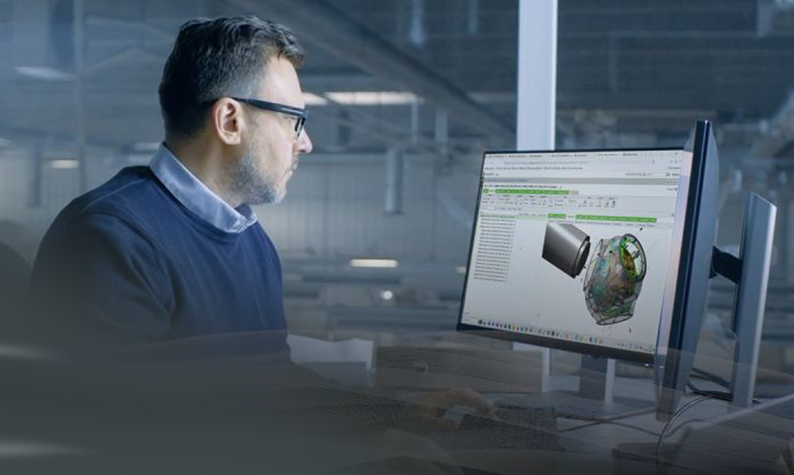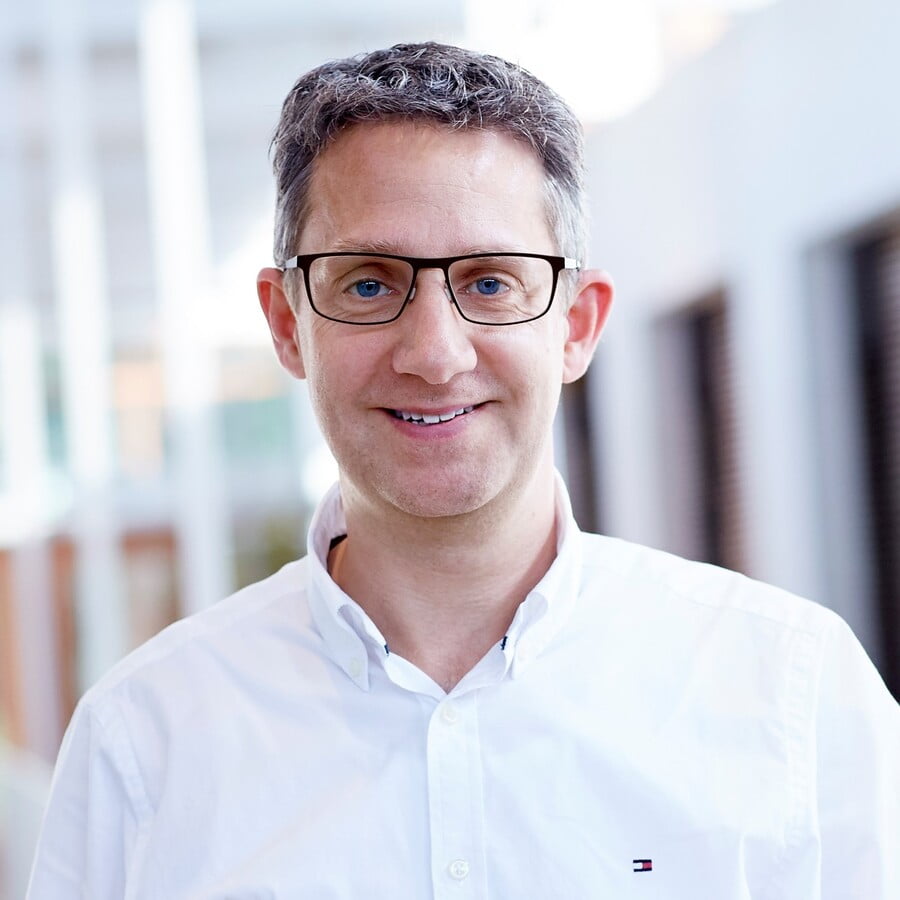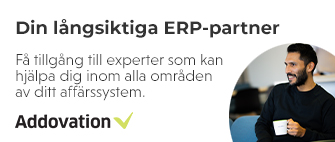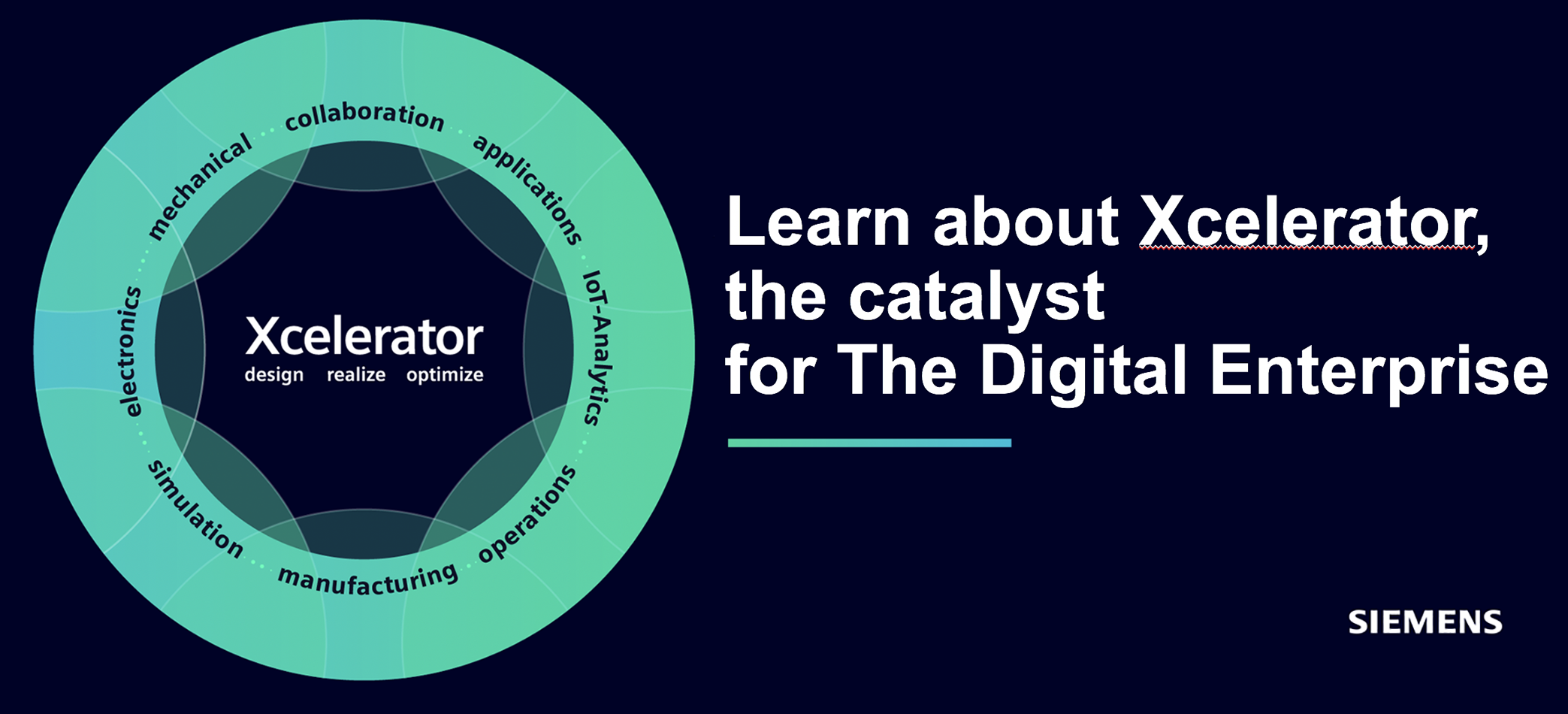CPC, which PDSVISION bought in January, is as noted above a Danish company. Wind energy giant Vestas is one of the major customers at the OEM level, but the business is also international, including the Swedish Volvo Group subsidiary Volvo CE on the customer list. What is the company’s background and operations like? Aleksander Patz Cholakov:
”CPC is a spinoff from the Technical University of Denmark (DTU). Although a large part of the customers are located in Denmark, over 50% of the customer base is found internationally. This shows CPC’s strong offering and potential for international expansion. The company’s customers often have a large product range, which means complex variant management. Large companies invest in these strategic projects, but many smaller and medium-sized companies also have similar challenges and also less structural capital to lean on. PDSVISION has had an extremely good collaboration with CPC for the last 3-4 years towards our customers and these projects have delivered great values that we want to continue to develop.
”An example from our Danish environment is that of Vestas, where they were early to realize the scalability and value of modular architecture,” says PDSVISION’s Nordic chief.More about the Vestas case can be found at this link: https://plm.gallery.video/detail/video/6338908581112/vestas-windchill-smart-platform-strategy?autoStart=true&q=vestas
Another interesting CPC reference is that the company guided PTC and Volvo CE’s (Volvo Construction Equipment a part of Volvo Group) investment in modular architecture. This has enabled arrangements that have increased material sales and created the basis for systems with Product and Service solutions as individual complete solutions for each individual customer.

The Connection Between PTC, PDSVISION and CPC
As noted in the introduction, PDSVISION is known as a world-leading PTC VAR (Value Added Reseller). It is also clear that the collaboration between PDSVISION and CPC has been ongoing for a number of years. What are the connections between what CPC develops in terms of modular architectures and PTC’s software?
“It is true that we have collaborated before and when our paths crossed it also became clear that we could complement each other very well. We at PDSVISION had deep technical domain knowledge and best practices on how PTC’s PLM portfolio Windchill can play a greater role when it comes to planning, selling and manufacturing configurable products and spare parts. CPC shared our view on this and could supplement it with additional domain knowledge on how companies can more effectively relate to ERP and CPQ, i.e. systems for managing the process chain around sales, product configuration, price calculation and quote generation (Configure, Price, Quote). But they are also characterized by an IP (Intellectual Property) competence that enables more effective ROI (Return on Investment) for our customers. Add to this a professionalism and curiosity from both sides – plus fantastic staff – and it becomes easy to understand that the more we worked together, the clearer it became that we could offer something unique and incredibly valuable together.”

Does the Company Work With Other PLM Technology Stacks Than PTC’s?
“CPC will retain its name and autonomy for the time being. This means that they are and will remain technology agnostic, with commitment across all technology stacks. Our ambition is to introduce CPC’s offering and sharp competence to our global customer base and as part of this we will integrate CPC as part of PDSVISION globally. The challenges faced by customers exist everywhere, so CPC’s offering has a place in all markets and within all technology stacks.”
CPC Will Continue as a Separate
Entity for the Time Being
Why not integrate the business into PDSVISION?
“CPC will continue as a separate entity for the time being, just as our regions are independent entities within the group. CPC’s core business is somewhat different, and we want to maintain the technology agnosticism and continue as a pure service company. CPC is to be considered a PDSVISION company, just like all other subsidiaries within the group.”
From CPC’s side, CEO Ulf Harlou said in the press material that the partnership will unlock a wealth of resources and expertise for the company’s customers. How so?
“Pursuing a global expansion costs time, effort and resources. Our structural capital, together with thousands of customers and our expertise, means that CPC’s founders and management saw the value in continuing to develop the company in this direction. For the staff, this means great career opportunities, both in international projects and internally within the group,” explains Aleksander Pa tz Cholakov.
Can you tell us something about CPC’s size, turnover, profit, number of employees and future prospects?
“CPC currently has around 60 employees, mainly based in Copenhagen, Denmark. The company has a turnover of around DK 65 million, equivalent to around SEK 100 million ($10 million), and has had stable profitability throughout all operating years. CPC is growing steadily and our ambition is to accelerate this growth through our international customer base. The potential lies primarily on the market and customer side.”
How Much Did PDSVISION Pay for CPC?
“Although I would like to comment on it, this part is something that remains between us and the founders of CPC. The important thing is that both sides are very happy with the deal. CPC had no ambitions to sell, but PDSVISION’s management, vision and historical track record were attractive factors. It is important that the companies fit together not only in terms of what you offer the market but also culturally, and in this case the answer was a clear yes from both sides,” says Patz Cholakov.

Why Modular Architecture is
Growing in Importance
Modular architectures seem to be becoming increasingly important, seen from PDSVISION’s perspective and the needs of the company’s customers – why?
“The increased complexity of the market means that customers expect greater flexibility and more customized products based on specific needs. Manufacturers must meet this shift to maintain their attractiveness. The upside for the companies is that they can offer more products and solutions while reducing internal complexity, shortening time-to-market while creating a stronger and more profitable aftermarket and service business through the standardization that this entails, which is an attractive equation.”
Any reactions from customers and the market?
“Above all, we’ve received good responses from the market on what this collaboration can entail, but also from the staff on both sides. I’m personally very pleased that we have landed in this after many years of collaboration. It has been a carefully considered and well-founded decision that has brought us to this point. I’m extremely proud and excited to continue helping CPC develop within the PDS family. We have a close-knit and well-oiled team globally that sees great synergy effects with the acquisition and the potential it has in each market. It will be a lot of fun to lead this journey together with Ulf Harlou and the entire CPC team,” concludes PDSVISION’s Nordic manager.







